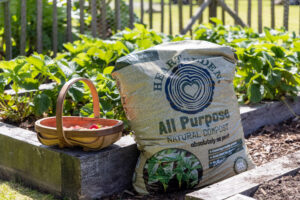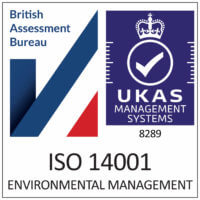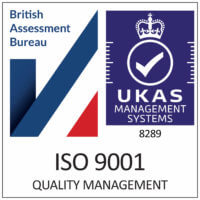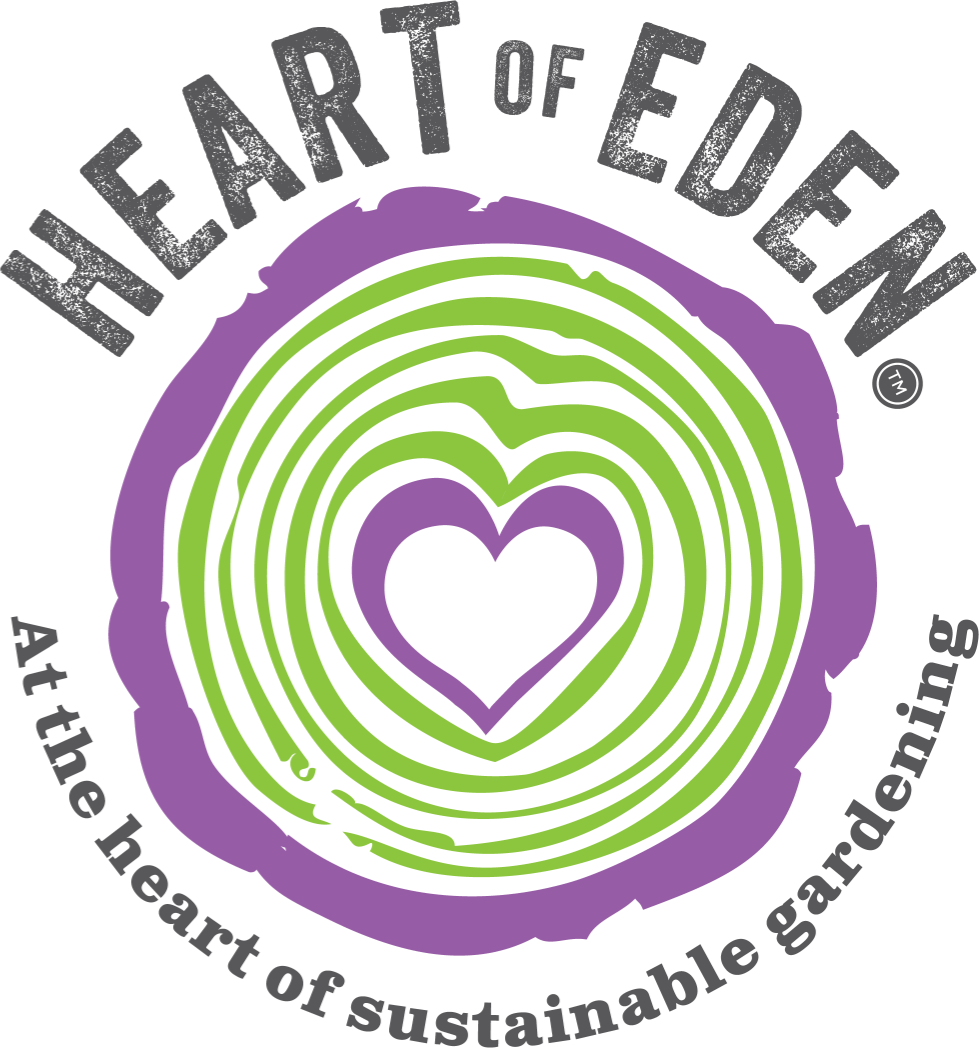Can you mix enriched topsoil with compost?
Nov 15th 2023
Have you ever wondered if you can mix enriched topsoil with compost? If so, you’re in the right place! In this article, we’ll explore whether it’s possible and beneficial to combine these two soil amendments. Whether you’re a seasoned gardener or just getting started, understanding the compatibility of enriched topsoil and compost can help you achieve healthier, more vibrant plants in your garden. So let’s dig into this topic and uncover the secrets to successful soil mixtures!
Can you mix enriched topsoil with compost?
Overview of enriched topsoil and compost
Enriched topsoil and compost are both valuable components for creating healthy, nutrient-rich soil for your plants.
Benefits of mixing enriched topsoil with compost
- Improved soil structure: Mixing enriched topsoil with compost can enhance the overall soil structure, making it easier for plant roots to penetrate and access water and nutrients.
- Enhanced nutrient availability: Both enriched topsoil and compost contain essential nutrients for plant growth. By combining them, you can ensure a more balanced and readily available nutrient profile for your plants.
- Increased organic matter content: Combining enriched topsoil with compost increases the organic matter content of the soil. This helps improve soil fertility, water-holding capacity, and drainage.
- Enhanced water retention: The organic matter in compost helps the soil retain moisture, reducing water runoff and promoting healthier plant growth.
- Promoted beneficial microbial activity: Mixing enriched topsoil with compost introduces beneficial microorganisms to the soil, which can improve nutrient cycling, disease resistance, and overall soil health.

Factors to consider before mixing enriched topsoil with compost
Before mixing enriched topsoil with compost, consider the following factors:
- Soil type and composition: Different soils have different characteristics, such as clay content, drainage capacity, and nutrient-holding capacity. Understanding your soil type will help you determine the appropriate ratio of enriched topsoil to compost.
- Plant requirements: Different plants have varying nutrient and pH needs. Consider the specific requirements of the plants you intend to grow to ensure that the mixture of enriched topsoil and compost meets their needs.
- Environmental conditions: Consider the climate and environmental conditions of your garden. Factors such as rainfall, temperature, and sun exposure can affect the suitability of the enriched topsoil and compost mixture.
Methods for mixing enriched topsoil with compost

There are several methods you can use to mix enriched topsoil with compost:
- Manual mixing with hand tools: You can mix the two materials by hand, using a shovel or garden fork. This method allows for better control over the mixture and enables you to incorporate the two components evenly.
- Mechanical mixing using a tiller or tractor: If you have a large area to cover, using a tiller or tractor can make the mixing process more efficient. This method is especially useful for incorporating large volumes of enriched topsoil and compost.
- Layering technique: Another approach is to layer the enriched topsoil and compost. Start with a layer of enriched topsoil, followed by a layer of compost, and continue alternating until the desired depth is achieved. This method promotes gradual blending of the two materials over time.
- Windrow composting: If you have ample space, you can create windrows, which are long, narrow piles of compost and enriched topsoil. Regularly turning and mixing the windrows will facilitate the decomposition and blending process.
Effects of mixing enriched topsoil with compost on plant growth
Mixing enriched topsoil with compost can have significant positive effects on plant growth:
- Improved nutrient uptake: The combination of enriched topsoil and compost provides plants with a wide range of essential nutrients, making them more accessible to plant roots.
- Enhanced root development: The improved soil structure and nutrient availability in the mixture promotes healthy root development, leading to stronger and more resilient plants.
- Increased resistance to disease and pests: The introduction of beneficial microorganisms from compost can suppress harmful pathogens and pests, enhancing the plant’s natural defense mechanisms.
- Heightened plant vigor: The balanced nutrients and organic matter content in the enriched topsoil and compost mixture contribute to increased plant vigor, resulting in better growth, flowering, and fruiting.
- Greater overall plant health: The combined effects of improved soil structure, enhanced nutrient availability, and beneficial microbial activity result in healthier plants that are more resistant to environmental stressors.
Considerations for different types of plants
Different types of plants may have specific considerations when it comes to mixing enriched topsoil with compost:
- Vegetables and herbs: Most vegetables and herbs benefit from a nutrient-rich soil. Incorporating a higher proportion of compost, around 30-50%, can help meet their high nutrient demands and support healthy growth.
- Flowers and ornamental plants: Flowers and ornamental plants have varying nutrient requirements. Consider the specific needs of the plants you are growing and adjust the ratio of enriched topsoil to compost accordingly.
- Trees and shrubs: Established trees and shrubs generally require less compost and benefit from a lower proportion, around 10-20%. However, younger or newly planted trees may benefit from a higher proportion of compost to promote root development.
- Native or specialized plants: Some plants, such as native species or specialized plants with unique soil requirements, may have specific preferences regarding enriched topsoil and compost ratios. Research the specific needs of these plants to ensure optimal growth.
- Container gardening: When growing plants in containers, a mixture of enriched topsoil and compost can provide a well-draining, nutrient-rich medium. Adjust the ratio based on the specific requirements of the plants and container size.






